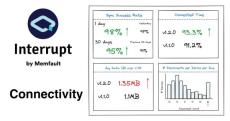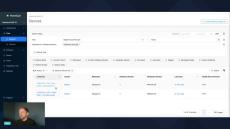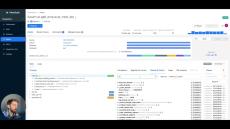- April 2024 (3)
- March 2024 (10)
- February 2024 (5)
- January 2024 (5)
- December 2023 (8)
- November 2023 (7)
- October 2023 (3)
- September 2023 (4)
- August 2023 (7)
- July 2023 (7)
- June 2023 (4)
- May 2023 (5)
- April 2023 (1)
- March 2023 (2)
- February 2023 (6)
- January 2023 (1)
- December 2022 (2)
- November 2022 (4)
- October 2022 (2)
- September 2022 (2)
- August 2022 (3)
- June 2022 (3)
- May 2022 (1)
- April 2022 (1)
- March 2022 (4)
- February 2022 (2)
- January 2022 (3)
- December 2021 (1)
- November 2021 (3)
- October 2021 (4)
- September 2021 (1)
- August 2021 (2)
- July 2021 (2)
- June 2021 (4)
- February 2021 (1)
- January 2021 (1)
- November 2020 (1)
- June 2020 (1)
- February 2020 (1)
- June 2019 (3)
Reduce risk, ship products faster, and resolve issues proactively by upgrading your Android and MCU-based devices with Memfault. By integrating Memfault into smart device infrastructure, developers and IoT device manufacturers can monitor and manage the entire device lifecycle, from development to feature updates, with ease and speed.
With Memfault, engineers no longer have to rely on incomplete user crash reports and their local debugger to reproduce and fix device issues in the field. Memfault's cloud-based firmware delivery, monitoring, and analytics tools dramatically reduce engineering and support overhead, enabling you to ship and manage thousands to millions of IoT devices with confidence./p>
One platform for more efficient device operations:
- Continuously monitor devices: Go beyond application monitoring with device and fleet-level metrics, like battery health and connectivity with crash analytics for firmware.
- Remotely debug firmware issues: Resolve issues more efficiently with automatic detection, alerts, deduplication, and actionable insights sent via the cloud.
- Systematically deploy OTA updates: Keep customers happy by fixing bugs quickly and shipping features more frequently with staged rollouts and specific device groups (cohorts).
Cloud Debugging and Observability for Your IoT Devices.













